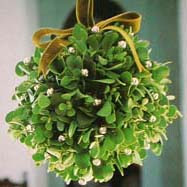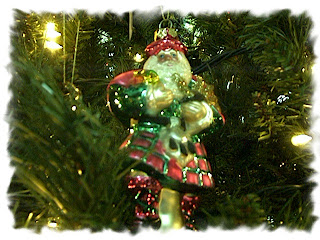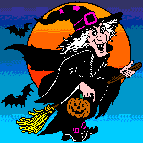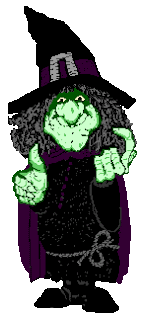

BIRCH LORE
· 1st Moon of the Celtic Year - (Dec 24 - Jan 21)
· Latin name: Yellow birch - betula alleghaniensis; black birch - betula lenta; canoe or common birch - betula papyrifea.
· Celtic name: Beth (pronounced: beh)
· Folk or Common names: Beithe, Bereza, Berke, Beth, Bouleau, Lady of the Woods, Birth, Canoe Tree, Paper Tree, Silver Birch, White Birch. "Birch" is derived from the meaning "Bright" or "Shining" in Indo-European and Sanskrit terminology. Quite possibly it came from the Anglo-Saxon term "Beorgan" meaning "to protect or shelter"
· Parts Used: Leaves, bark, wood, sap, branches.
· Herbal usage: Birch leaves can be used to make an infusion that is good for breaking up kidney or bladder stones. Birch bark is an astringent and can be used to treat non-hereditary baldness. Birch tea can be made from the inner bark and leaves and this is good for rheumatism or as a sedative to aid sleep. Birch sap can be harvested the same way maple sap is, and then boiled down into birch syrup.
· Magical History & Associations: The bird associated with the Month of the Birch is the pheasant. Birch's color is white, its day is Sunday and its gemstone is red chard. The Celtic symbol of Birch is the White Stag with a rack with seven tines. Birch is associated with the element of water, is a tree of the sun and the planet Venus, and its Herbal Gender is feminine. The Birch tree is sacred to the God Thor and the Goddesses Diana and Cerridwen. Birch is considered to be a Goddess tree, the symbol of summer ever-returning. The Birch is also a special tree to the Celts ("On a switch of birch was written the first Ogham inscription in Ireland, namely seven B's, as a warning to Lug son of Ethliu, to wit, 'Thy wife will be seven times carried away from you into fairyland or elsewhere, unless birch be her overseer." - Robert Graves, The White Goddess) and Birch wood is one of the nine traditional firewoods to be added to the Belfire that is burned at Beltane. It is one of the three pillars of Wisdom (Oak, Yew, Birch) and often symbolizes the first level of Druid working. Birch trees often have Otherkin spirits attached to them and the "Lieschi" or "Genii of the Forest" are said to dwell in their tree tops. The Ghillie Dhu (pronounced "Gillee Doo or Yoo") are guardian tree spirits who are disguised as foliage and dislike human beings. They prefer birch trees to all others, and jealously guard them from humans. If the spirit of the Birch tree touches a head it leaves a white mark and the person turns insane. If it touches a heart, the person will die.
· Magickal usage: The month of Birch is a good time to do magick associated with new beginnings. Magickal work done in this moon adds strength and momentum to any new choices made. The Birch has applications in magick done for protection, creativity, exorcism, fertility, birth, healing, Forest Magic, Inner Authority/Self-Discipline, Lunar workings, love, and purification. Magickal protective uses of Birch include tying a red ribbon around the trunk of a birch to ward off the evil eye. Also, gently whapping someone with a Birch twig drives out negative energy, and Birch branches hung near a cradle will protect the newborn from psychic harm. In fact, cradles can be made from Birch wood to further protect a newborn. Many farmers plant Birch around their houses to protect against lightning. For magical parchment, gather Birch bark from a tree that has been struck by lightning (chosen by Thor) - and the Birch paper will keep the writings safe. Because Birch wood has the qualities of exorcism and protection, its twigs are traditionally used to make witches' brooms. Brooms made of a mixture of Ash, Birch and Willow are said to be especially powerful in magick. Birch rods are also used in rustic rituals to drive out the spirits of the old year. Birch is also perfect to use to make a 'Goddess' wand, since Birch is the tree known as 'the Lady of the Woods' and a grove of Birch trees is an excellent place to communicate with the Goddess. Birch wood is also a good choice for making rune sets to use for divination. Be sure to harvest your branch for the rune set during the waxing moon, and make sure you ask Odin or Byarka to inspire your work. Also ask the tree if it will allow you to take a branch and be sure to leave the tree an offering of thanks when you are done. Birch trees especially appreciate gifts such as pretty stones, sea shells, flowers or herbs.
(Please note: never take bark off a living Birch tree, since this will kill it.)










.jpg)
.jpg)
.jpg)



















.jpg)





